The Beira Interior region of Portugal is often overlooked by both visitors and expats. Its significance lies in its location near the Spanish border, where the historic need for defense led to the establishment of fortified villages and castles.
In 1991, a government initiative aimed to restore and promote 10 of these ancient settlements. Two more were added to the list in 2003. They are presented here in order, making for a seamless and scenic road trip.
Get Your Free Portugal Report Today!
Get Your Free Portugal Report Today!
Discover why we love a slower pace of life in Portugal and info on other European countries in our daily postcard e-letter. Simply enter your email address below and we’ll send you a FREE REPORT – Explore the Old World in Laidback Portugal.

By submitting your email address, you will receive a free subscription to IL Postcards, Overseas Dream Home, The Untourist Daily and special offers from International Living and our affiliates. You can unsubscribe at any time, and we encourage you to read more about our Privacy Policy.
Linhares da Beira
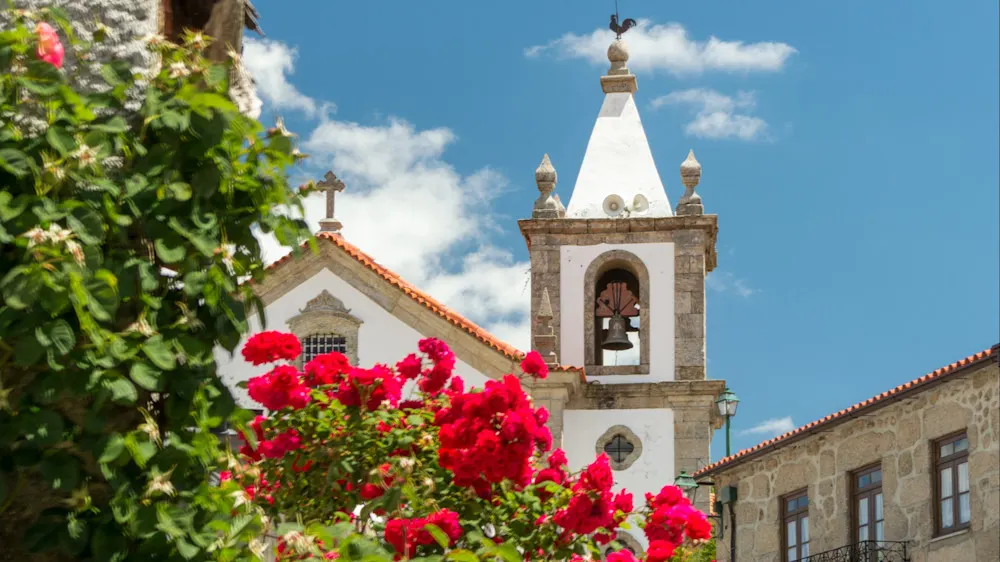
The castle in Linhares dates back to Dom Denis, the sixth king of Portugal, who reigned from 1279 to 1325. He founded the country’s first university in Lisbon in 1290, which was later relocated to Coimbra, where a statue of him now stands on the university grounds. Be sure to visit the Romanesque church, home to wooden paintings attributed to Vasco Fernandes, better known as Grão Vasco, the grand master of the Portuguese Renaissance.
Tip: Book a stay at Inatel Linhares (around €75), which offers a pool, air conditioning, free parking, and Wi-Fi. While in town, dine at Cova da Loba and try the caramelized duck breast with cherries and vegetables (€19) or the four-course tasting menu (€30).
Trancoso
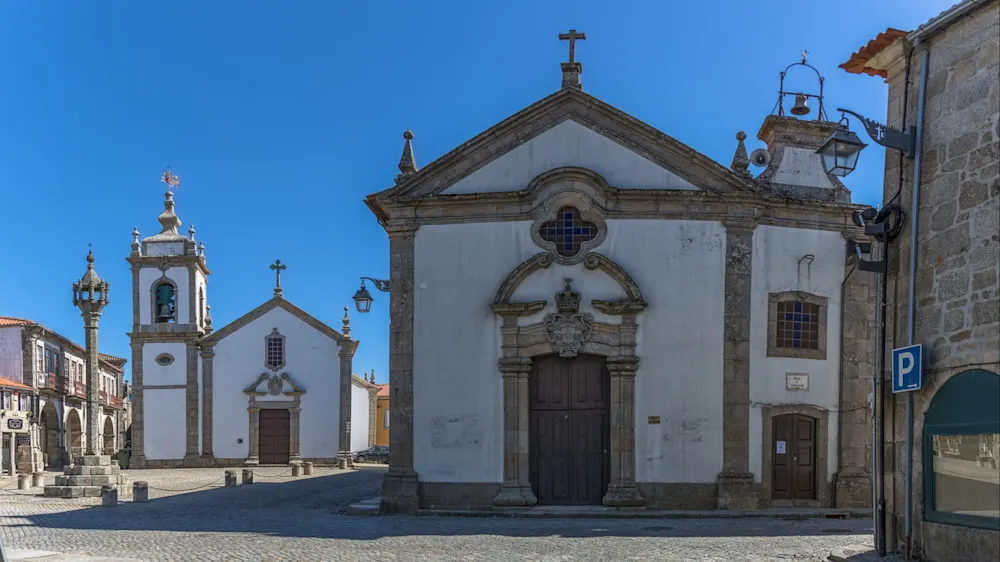
Highlights here include the castle with its fifteen towers, the Portas d’El Rei, and the Centro de Interpretação da Cultura Judaica Isaac Cardoso. Also worth visiting is the Casa do Bandarra, the former home of 16th-century mystical poet Gonçalo Anes Bandarra, a shoemaker by trade, often called the Portuguese Nostradamus.
Tip: Casas Tomé is highly rated and offers free breakfast, mountain views, and bike rentals and tours. The multilingual staff speaks six languages. For a meal, head to Taberna do Bacalhau Frito, conveniently located beside the Portas d’El Rei, and try their famous fried cod.
Marialva
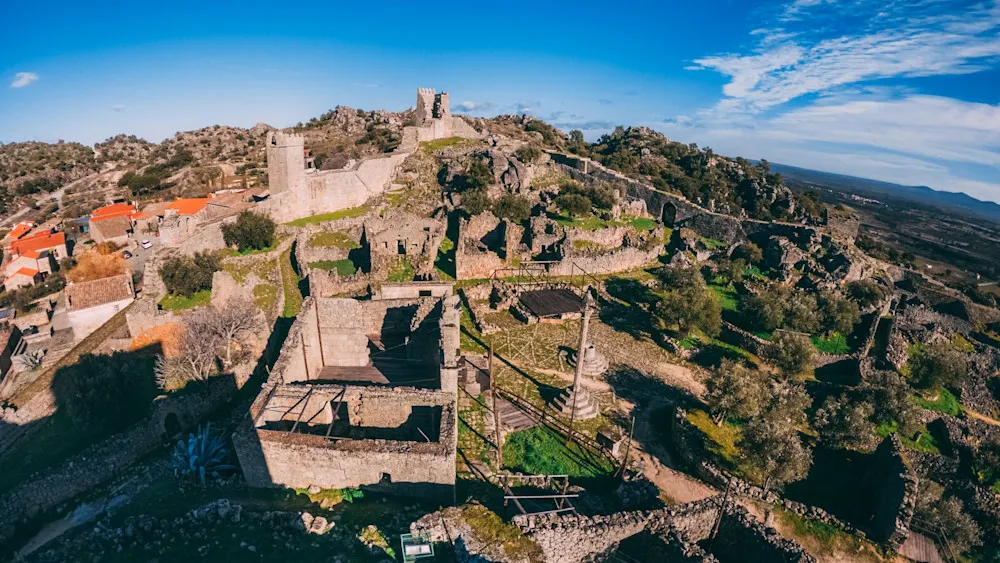
Originally a Lusitanian tribal settlement, Marialva has been occupied by Romans, Visigoths, and Arabs. A fortress once sat high on the mountain massif before the current castle was built. Today, you can visit the castle, a church, a chapel, the 17th-century court and jail, and even explore the ancient Roman city of Civitas Aravorum.
Tip: Quinta do Nobre is a top-rated guest house just 400 meters from the town center. It offers standard amenities plus a saltwater pool, with rooms starting around €90 a night. Hot springs and a winery are nearby. The Quinta has its own restaurant, but you might also try Pé de Cabra Bistro, the top-rated restaurant in town. Don’t miss the bruschetta entrée.
Castelo Rodrigo
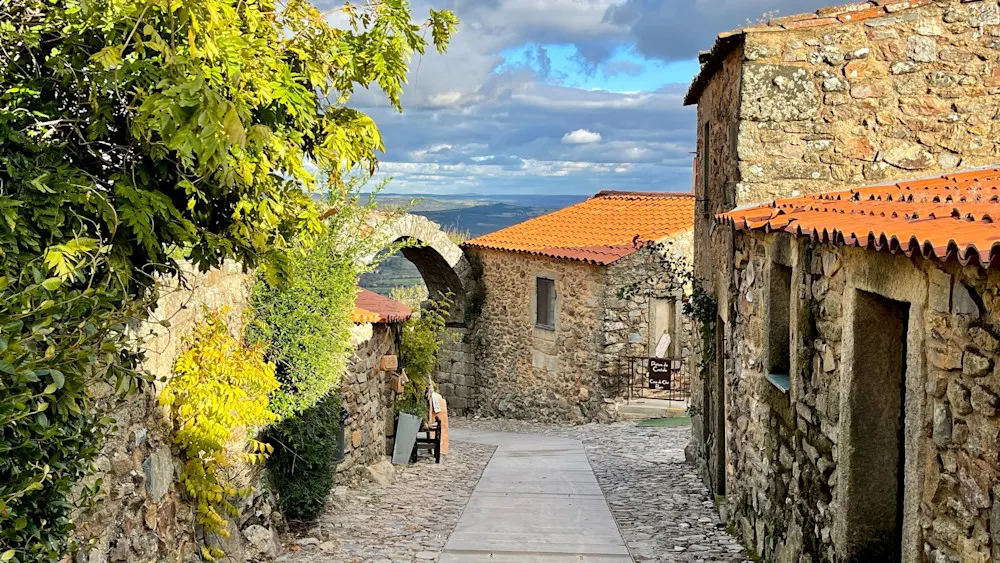
This castle town is best explored on foot due to its narrow streets. Wander through the former fortress and take in extraordinary views that stretch all the way to Spain. From there, visit the ruins of a palace, a 16th-century pillory (what medieval town would be complete without one?), and the nearby Faia Brava Nature Reserve.
Tip: Choose between Casa da Amendoeira (about €100) or Casa da Cisterna (about €200). Casa da Amendoeira doesn’t have a pool but offers free breakfast, Wi-Fi, and room service (at an extra cost). It also features a game room and a bar. For a drink, check out Cantinho Café—dubbed the “Craft Beer Lovers’ Meeting Point”—which has been going strong for 30 years. You’ll find it at Rua da Sinagoga, 1.
Get Your Free Portugal Report Today!
Get Your Free Portugal Report Today!
Discover why we love a slower pace of life in Portugal and info on other European countries in our daily postcard e-letter. Simply enter your email address below and we’ll send you a FREE REPORT – Explore the Old World in Laidback Portugal.

By submitting your email address, you will receive a free subscription to IL Postcards, Overseas Dream Home, The Untourist Daily and special offers from International Living and our affiliates. You can unsubscribe at any time, and we encourage you to read more about our Privacy Policy.
Almeida

Almeida was the site of frequent battles between the Portuguese and Castilians until King Dom Denis’s forces definitively claimed it. The town’s most striking feature is its star-shaped fortification, built in 1640. Designed to allow soldiers to engage in crossfire, it was considered impregnable—until Napoleon’s troops came along. Other points of interest include churches, old artillery barracks and jails, a 17th-century Baroque-style building (now the City Hall), and a military history museum.
Tip: Mulagueta is a budget-friendly hotel near the town center offering free breakfast. For dining, try Wellington restaurant, which offers views and is open Friday and Saturday evenings only, or O Caçador (closed on Wednesdays).
Castelo Mendo
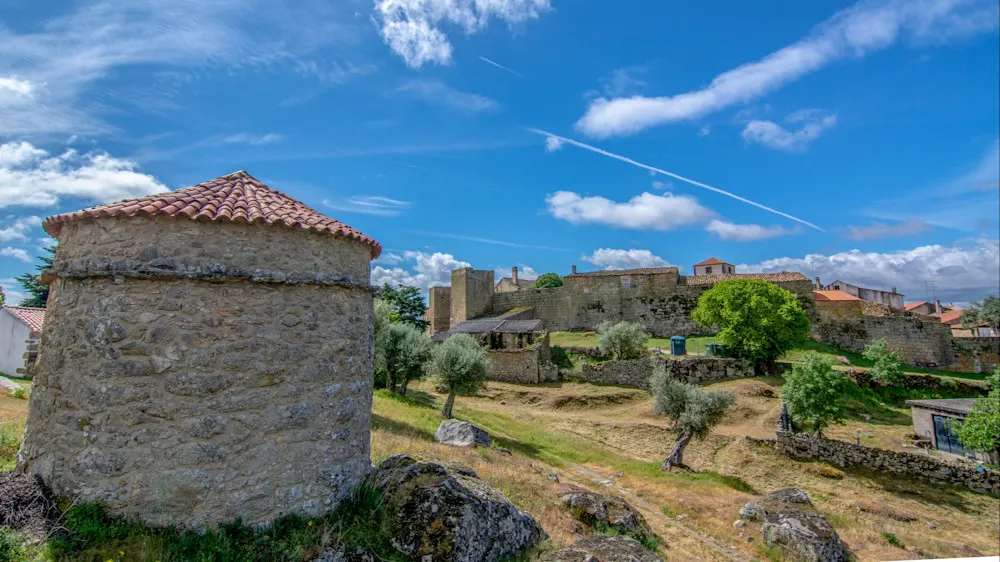
Just 20 minutes from Almeida, this village features a castle, two churches, and a museum known as the “Temple of Senses.” The tourist office is housed in the former town hall, which once also served as the court and jail.
Tip: Since most lodging options are five km or more from the center, and if you’re following this route in order, consider booking a second night at Mulagueta to avoid relocating. Dining options are better in Almeida or in the next town, Sortelha.
Bonus tip: If you enjoy medieval festivals, plan your visit for April when the village hosts its annual celebration.
Sortelha
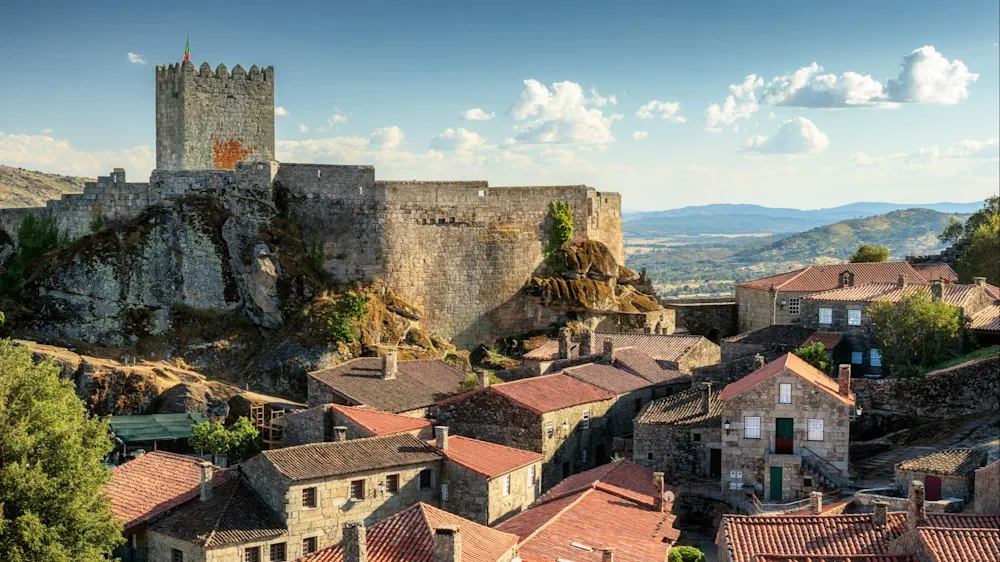
This medieval village is one of our favorites. Its Romanesque castle, set atop a granite massif at 2,500 feet above sea level, is the oldest in the Beira Interior. The area also features intriguing natural rock formations like Cabeça da Velha (“Old Head”) and a granite elephant, along with a 14th-century church, several chapels, hillside manor houses, and a charming handicraft shop.
Tip: Casa da Cerca (about €90) is a highly rated guesthouse with a pool, garden, tennis court, and a generous breakfast. For dining, try Restaurant Dom Sancho, located at the Gothic gateway entrance, or Cardo Taberna Mercearia, which also offers vegetarian and vegan options.
Belmonte
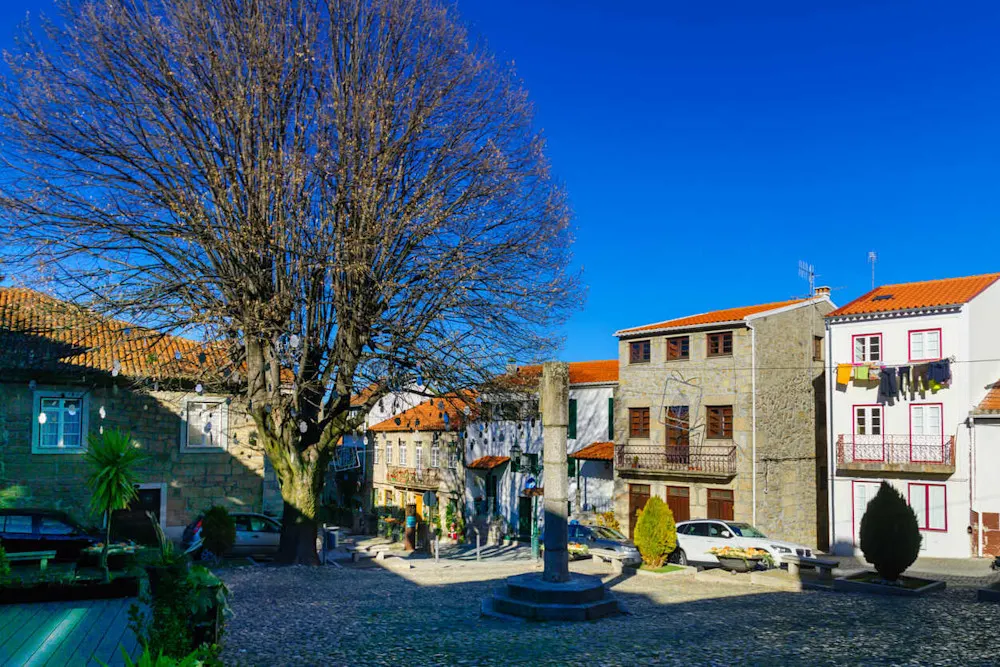
Don’t just admire the ramparts—go inside the castle at Belmonte to explore its interior, which is open to visitors. Cozy cafés, antique stores, and souvenir shops line the winding streets of this charming village, which became a refuge for Sephardic Jews during periods of persecution by Catholic kings. That tradition lives on through the Jewish Museum and the Old Belmonte Jewry. Several other museums in town add further cultural depth to this notable destination.
Tip: Consider staying at the Belmonte Sinai Hotel or the Pousada. For dining, the Restaurante da Pousada Convento de Belmonte is the top-rated restaurant in town.
Monsanto
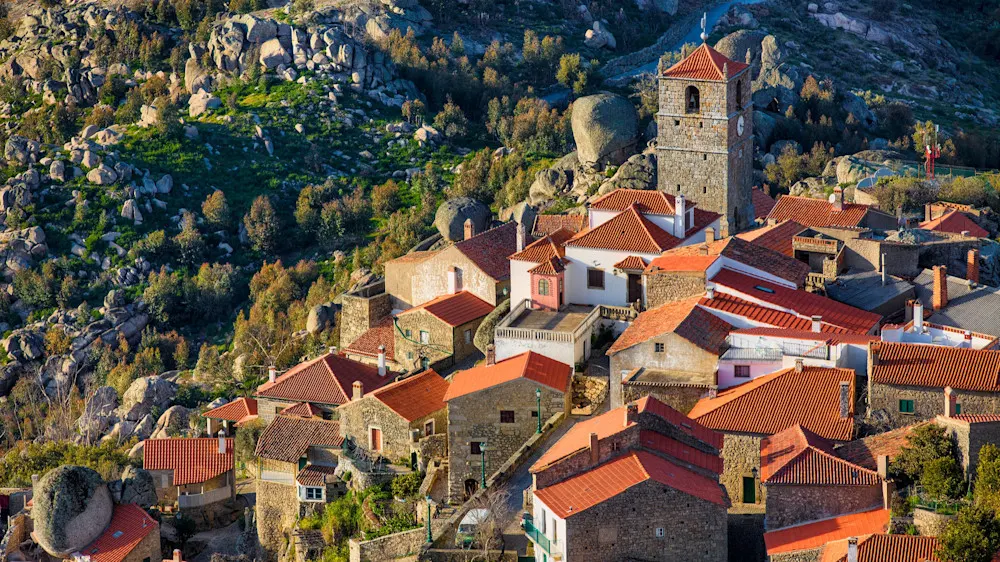
Inhabited since Paleolithic times, Monsanto earned the title of “The Most Portuguese Village in Portugal” in 1938. At the base of the mountain, archaeologists discovered traces of a hill fort and bath complex likely dating back to Roman times. The oldest part of town, also its highest point, is where the Knights Templar constructed a castle keep. Despite the centuries, Monsanto has never lost its medieval flavor. A stroll through its narrow alleys, past stone houses carved into the boulders, is like stepping back in time.
Tip: Stay at Hotel Taverna Lusitana, a five-minute walk from the castle, and grab a drink or bite to eat at Monsanto Café e Bistrô.
Idanha-a-Velha
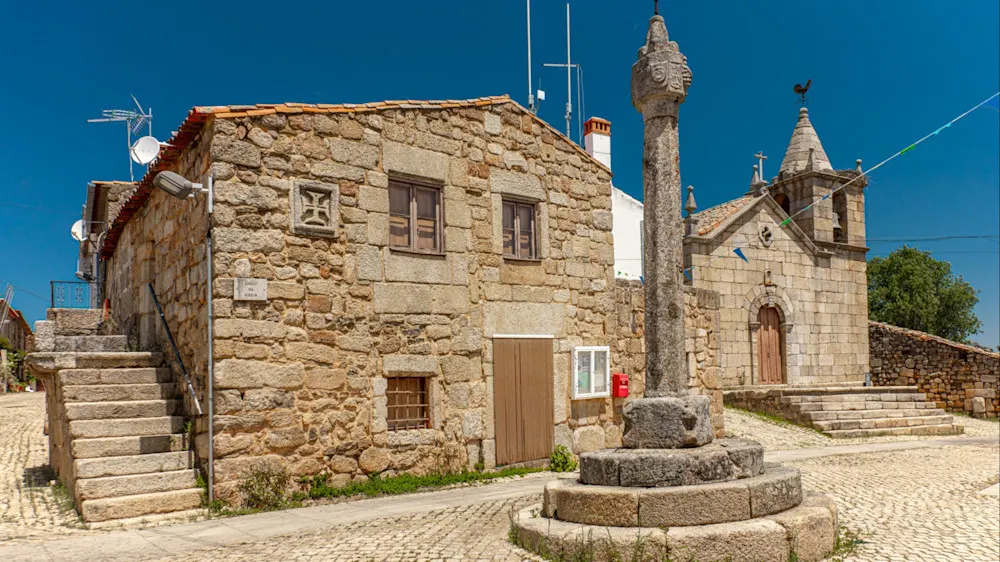
Considered one of Portugal’s oldest villages, Idanha-a-Velha bears the marks of Celtic, Roman, Visigothic, Arabic, Medieval, and Manueline influence. Though small in size, it has impressive historical depth. Only the keep remains of the Templar-era castle, which archaeologists now believe was built on the ruins of a Roman temple dedicated to Jupiter. The 16th-century church here houses the largest collection of Roman epigraphs in Europe.
Tip: Lodging is limited within the village, so nearby Hotel Taverna Lusitana is a good base, making this another case for a two-night stay. For meals, your best bet is Casa da Amoreira, the village’s only food and beverage option. Fortunately, it’s good and the staff is friendly.
Castelo Novo

Not far from the autoestrada A23 is another of our favorites. Driving up toward the castle, you first pass a river beach, and next a restaurant serving traditional Portuguese cuisine. Continue on to reach the plaza with its pillory and fountain in front of the town hall. Park your car and stroll the narrow streets lined with stone houses and geranium-filled flower boxes. At the base of the citadel, the church serves as a venue for periodic festivals and concerts.
Tip: Pedra Nova is a country house in a historic building. While on the pricier side, it offers amenities like a pool, bar, and spa services. A snack bar at the river beach opens during July and August.
Piódão

This village, filled with schist and slate houses, is perched on a slope hidden in the ledges of Serra do Açor, near Serra da Estrela, the country’s highest mountain range and home to its only ski resort. With no castle, it’s unique among the twelve historic villages. But what it lacks is more than made up for by the amazing architectural structure of a village built over time, ledge by ledge, to be explored leisurely on foot.
Tip: The only hotel in town is Inatel Piódão, but you’ll find additional options in neighboring villages. Don’t miss the Piódão Museum or a snack at Solar dos Pachecos. And be sure to pick up a local souvenir: perhaps some chestnut liqueur, honey spirits, or a miniature schist house.
Get Your Free Portugal Report Today!
Get Your Free Portugal Report Today!
Discover why we love a slower pace of life in Portugal and info on other European countries in our daily postcard e-letter. Simply enter your email address below and we’ll send you a FREE REPORT – Explore the Old World in Laidback Portugal.

By submitting your email address, you will receive a free subscription to IL Postcards, Overseas Dream Home, The Untourist Daily and special offers from International Living and our affiliates. You can unsubscribe at any time, and we encourage you to read more about our Privacy Policy.
